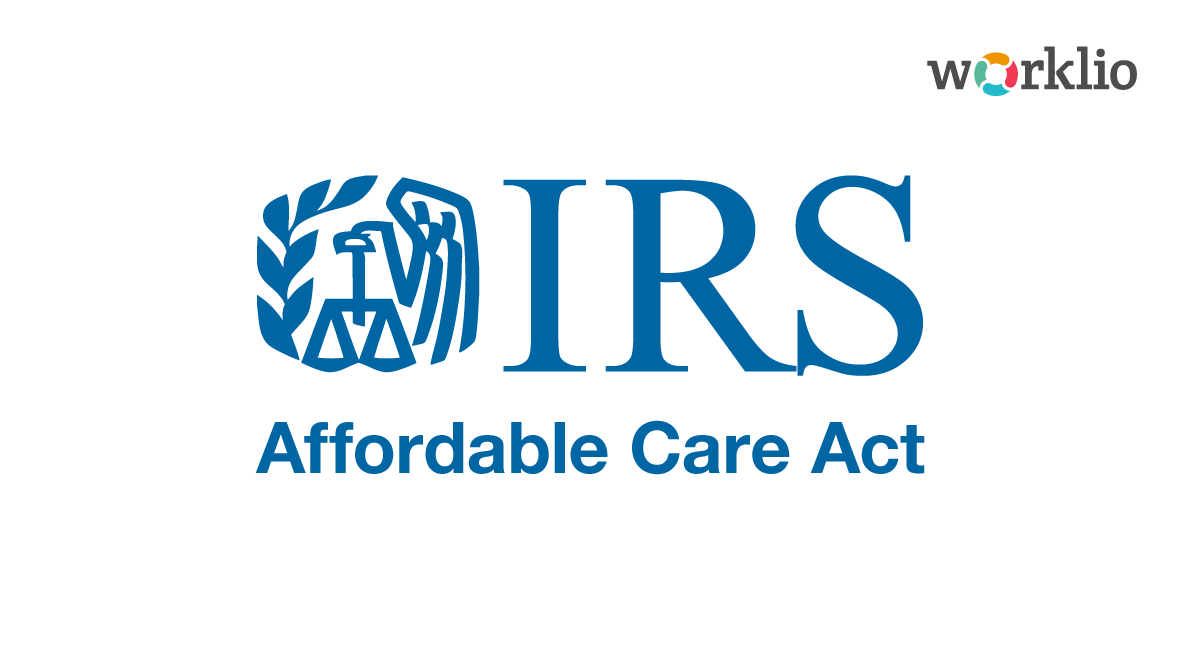
The sun is up a bit longer every day. The calendar is slowly creeping closer to springtime. And all of your W-2s are distributed and the data has been sent off. Life is good. Except:
Now it is time to really bear down on ACA documentation.
The important question is how much time and effort will it all take? The answer to that question depends on many things, not the least of which: paper or electronic?
Quick Background
Compliance with the Affordable Care Act (ACA) — also known as Obama Care — requires that several forms are generated, delivered and filed for employers who have at least 50 full-time-equivalent employees and are, therefore, required to provide health insurance coverage.
The main forms come in two series: C Forms and B Forms. C Forms provide information about the health insurance that has been provided to employees and it is sent to both employees and the IRS. B Forms provide information about the health insurance that was considered “minimum essential coverage” that was provided to an individual and their tax family (e.g., spouse, dependents) by an insurance company, a self-insured small employer or a government agency; the form is sent to both employees and the IRS.
Paper or Electronic?
There is clearly a lot of work involved with ACA compliance.
Many companies are still filing paper forms, which means that staff are dealing with copiers and envelopes and collating by hand — not to mention painful paper cuts! PEOs, which can have many dozens of clients, could have days of work in order to complete the process on time.
Automated systems exist to get the job done quickly, efficiently and correctly. Each step can be streamlined to save time and resources:
- Determine the Clients who must submit ACA forms General overview reports help to identify the businesses who are close to the 50 FTE threshold, then more focused reports can make the final determination.
- Create an automated ACA Entity
Once an ACA Entity is created, it is seamlessly populated with employees and details to be used on the forms. There are many aspects that can be handled electronically, including importing and verifying employees, tying employees to the established Benefit Groups, pre-filling data, importing dependents and consolidating complex corporate structures. - Print the Forms
The generation and printing of the forms can be organized to make the distribution easier. Or a designated file can be delivered directly to a printing company. - Transmit the Data
And, of course, an automated process transmits data to the IRS rather than using the postal service for paper copies.
Extra Time for Electronic Filing
Perhaps the best advantage for using an online system to handle ACA requires is: Extra time.
The deadlines for filing paper copies of C and B Forms with the IRS is Feb. 28 and the forms need to be distributed to employees by March 2.
However, the electronic data can be sent to the IRS as late as March 31.
That means there is a bit more time to enjoy the extra sunlight.
* * *
How does your company handle ACA requirements? Do you still use paper documents?
See how Worklio handles ACA reporting. Get a personalized demo today.
Call 1-844-996-7554 or send an email to demo@worklio.com.